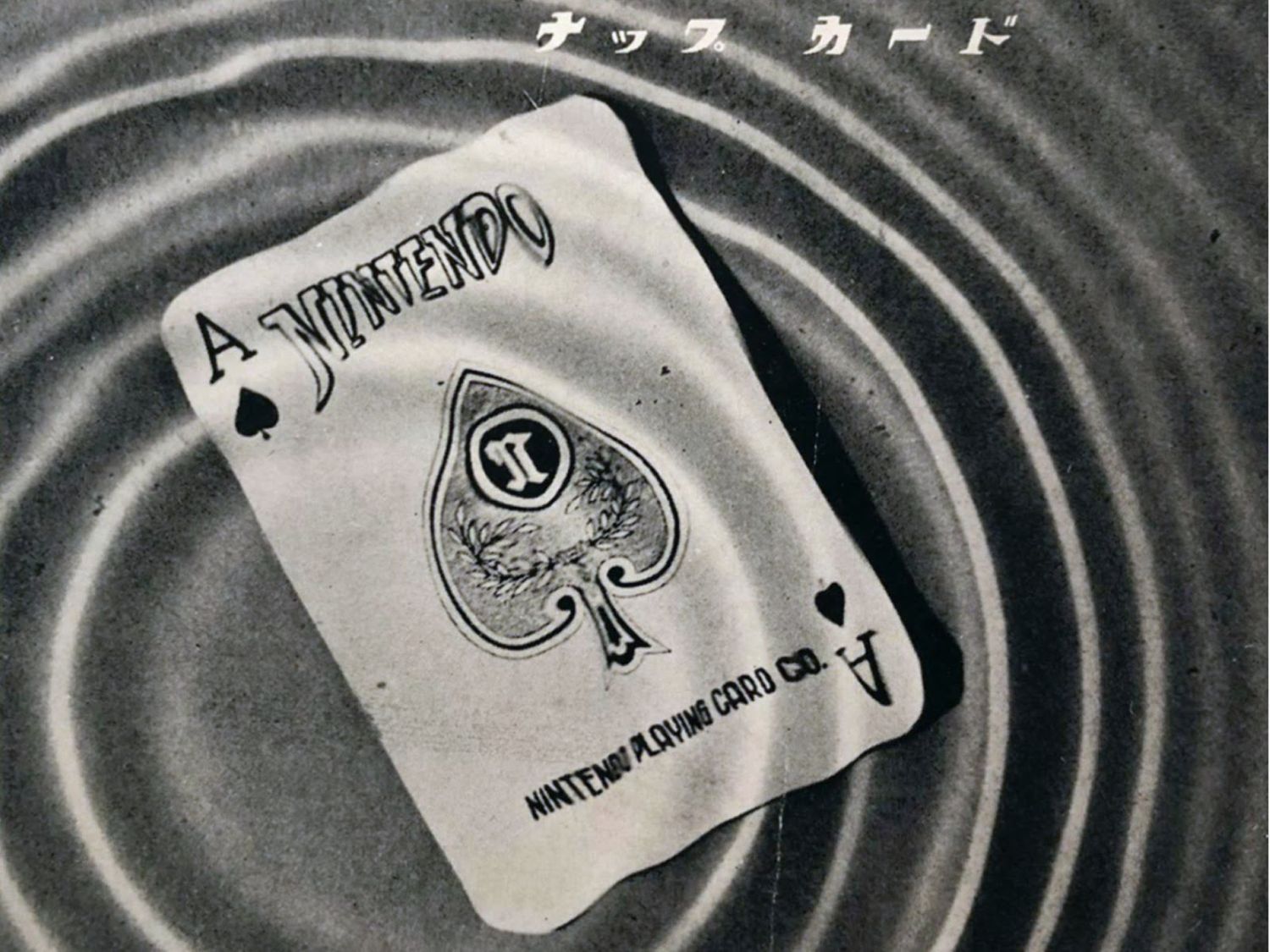John McPhee on applying structure to any piece of writing.
This technical advice is perfect for anyone looking to up their writing game.
When I sat down to read Draft No. 4 by creative nonfiction legend John McPhee, I expected a lot of fluffy advice on writing, habits, and creativity. What I got was more than I bargained for (in a good way).
John has written for Time, The New Yorker, and is a multiple best-selling author and winner of many prizes including the Pulitzer and the National Book Award. This guy is both a powerhouse and a legend, and he’s done it writing in genres that are often considered long-winded and boring.
Draft No. 4 is both a memoir and technical manual on writing good stories. Here are three quotes from the legend himself on how structure is essential to good writing…
Decide on your story’s structure early
Before John ever sat down to write an article or book, he organized and compiled all his notes (similar to Ryan Holiday’s process). He decided on the story’s structure very early in the process.
“It painted me into a corner, yes, but in doing so it freed me to write.” John McPheeDraft No. 4
Structure unlocks creativity
The McPhee Paradox states that locking yourself into a rigid storytelling structure is actually the key to creative freedom. In describing his process for taking his mosaic of notes and applying them to a structure, John says:
“If this sounds mechanical, its effect was absolutely the reverse.” John McPheeDraft No. 4
Don’t show your readers the structure
The most important part of using structure to define your narrative is retaining the appeal of narrative. It shouldn’t feel rigid and it shouldn’t be noticeable. Structure is there to help the writer, not the reader.
“Readers are not supposed to notice the structure. It is meant to be about as visible as someone’s bones.” John McPheeDraft No. 4
One more for good measure…
John also says that structure in modern writing is not “cookie cutter.” It’s not a template or something like a sonnet or haiku, which has a specified way of existing. In fact, he says that structure should not be imposed upon the material. Rather, the material should dictate the structure.
“A piece of writing has to start somewhere, go somewhere, and sit down when it gets there. You do that by building what you hope is an unarguable structure.” John McPheeDraft No. 4
If you build the structure, the writing, John suggests, comes easy.
— Mike
P.S. Don't walk away empty-handed
Above the Fold is a newsletter about the power of marketing. Every week I send stories just like these straight to your inbox.




